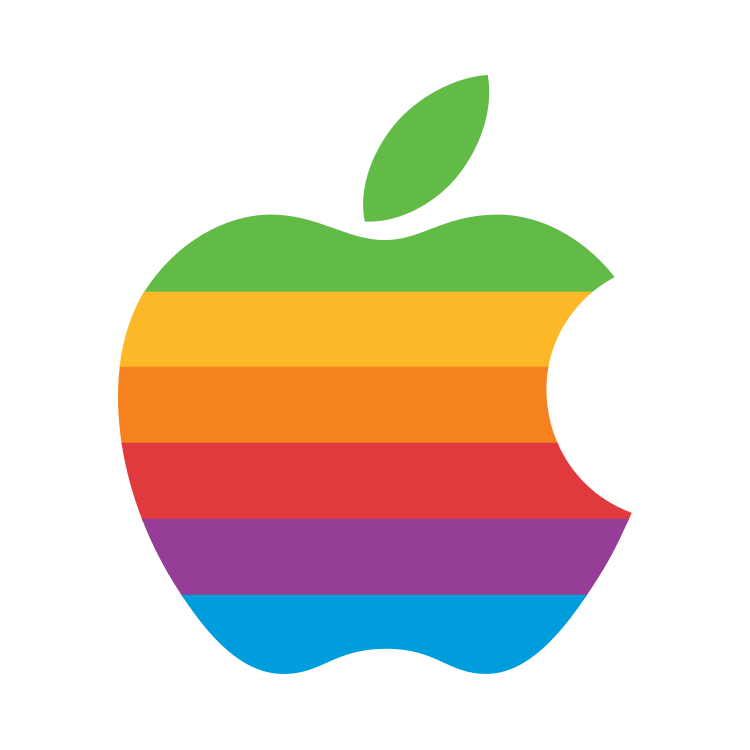With all of the discussions about air vs pro, varying RAM/storage, and upgrading chips I’m wondering what factors can be used to argue for an upgrade. Most discussions and videos I see talk about two main use cases: programming and “creative work”.
In the next week or so I’ll be buying a MacBook to replace my Dell Inspiron 17-3000 series and I feel like a “base” user surrounded with suggestions to upgrade if you’re going to use more than 3 tabs and messenger.
I’m a grad student studying physical therapy and my laptop will largely be for school purposes: up to a dozen tabs, my note taking app (notion or I might try obsidian), where I’m taking notes from (a web lecture and PowerPoint imported to onenote), and a couple productivity/messenger style apps. Occasionally I use a 3d anatomy app but generally not for longer than half an hour at time.
Are there metrics outside of coding, Photoshop, and video editing to help me figure out where I fall along the upgrade spectrum? I would like this to last me a couple years into professional work while minimizing cost but man is it hard to figure out what I’ll actually need.
Tldr: there should be a sliding scale of a handful of functional activities to help us less computer-literate differentiate between upgrade factors within MacBooks.


Pro user would rely on specific accelerators. Whether they are on board like Pro Res accelerators on a Mac soc, RTX cores in a nvidia gpu, or discreet like a chipset in an external audio interface.
You could require significant Pcie lanes for quad gpus, multiple nvme raid arrays, high bandwidth connection like multiple fiber channel/iscsi/thunderbolt 4 nics.
Your workloads could require an unusual amount of ram, like llms that require 64gb dedicated to the chatbot. So you’d be starting out at 96-128gb of ram to run your Os, applications separate of the llm overhead.
High performance core count could be your jam. Think virtualization, high concurrency transaction processing, chuggy builds like compiling the Linux kernel. 32 cores may not cut it at all, your workload starts at 192 cores and 384gb of ram. I don’t think any of the Apple Xeon configs ever got there but that’s a medium Linux host or racked workstation.